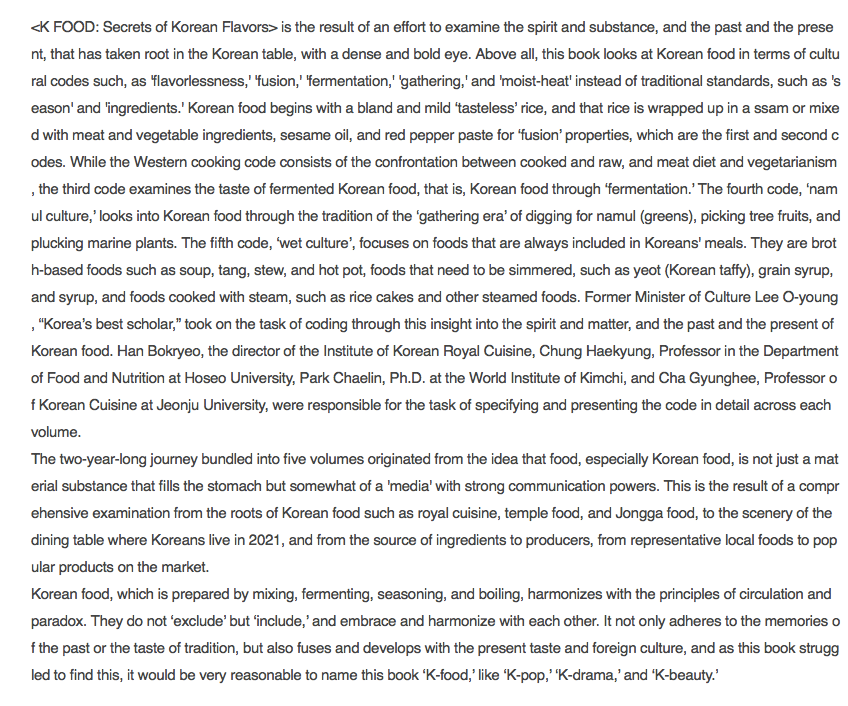1
/
of
3
K FOOD korea cook 5 books set, Secrets of Korean Flavors / in Engligh
K FOOD korea cook 5 books set, Secrets of Korean Flavors / in Engligh
Regular price
$280.00 USD
Regular price
Sale price
$280.00 USD
Unit price
/
per
Shipping calculated at checkout.
Couldn't load pickup availability
⚬ Langauge : English
⚬ Condition : Brand New
⚬ Pages : 1128p
⚬ Size : 188x245mm
⚬ Publish date : Oct, 2021
⚬ Handling time : 1-3 days
Share





